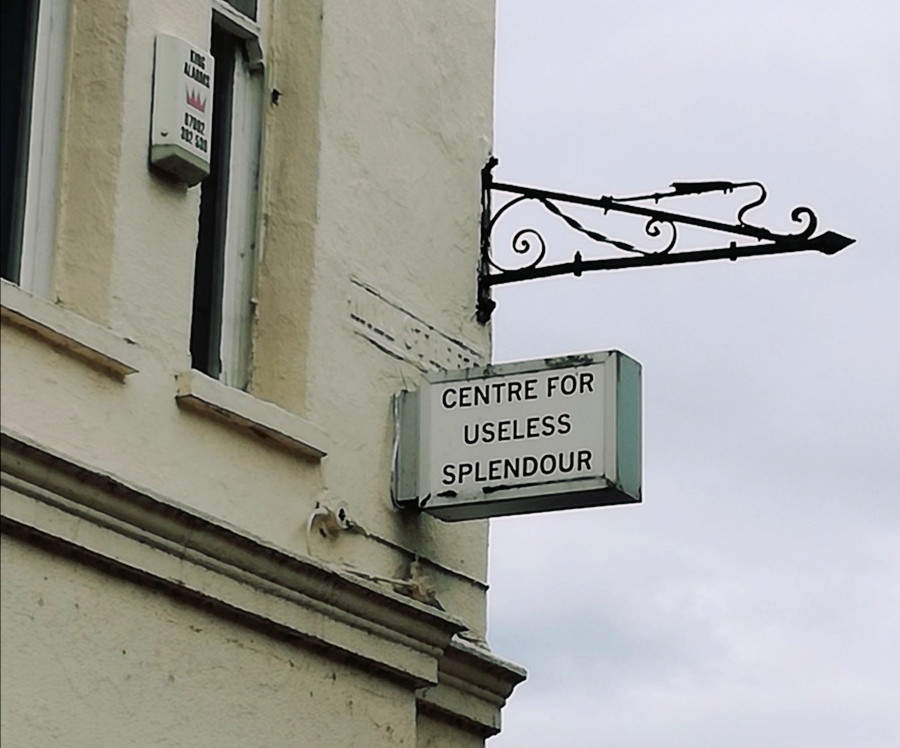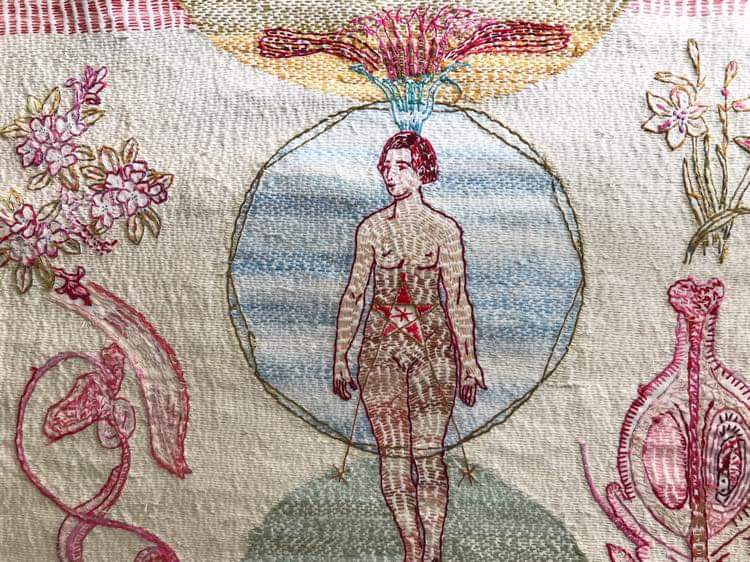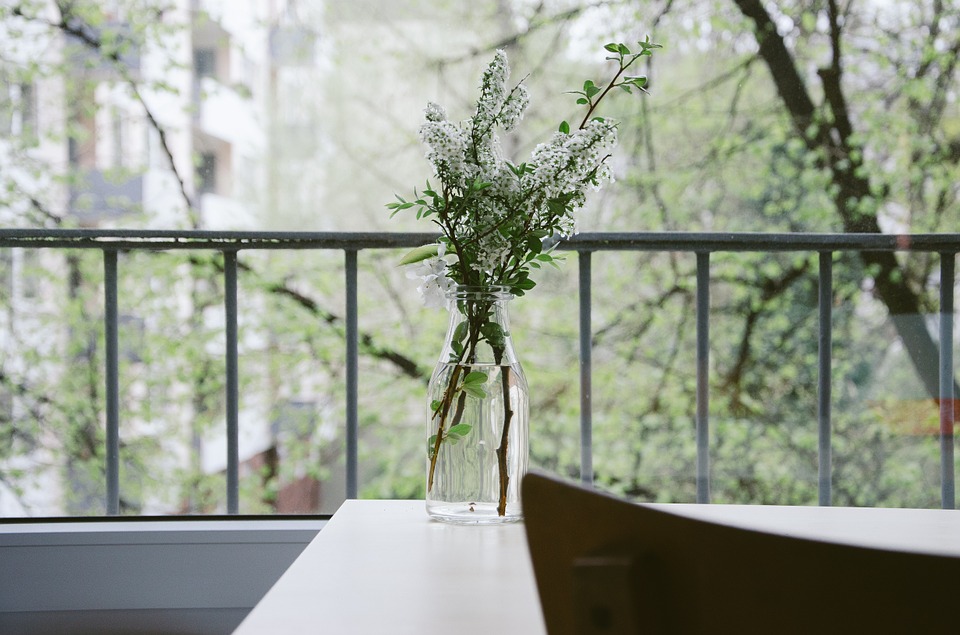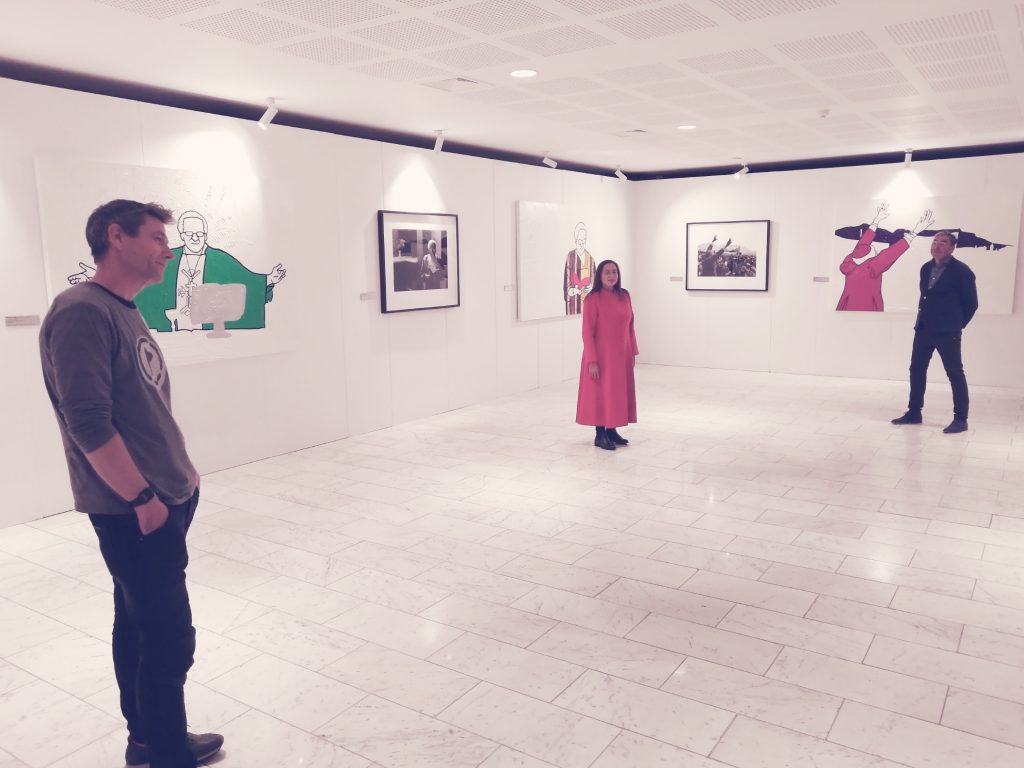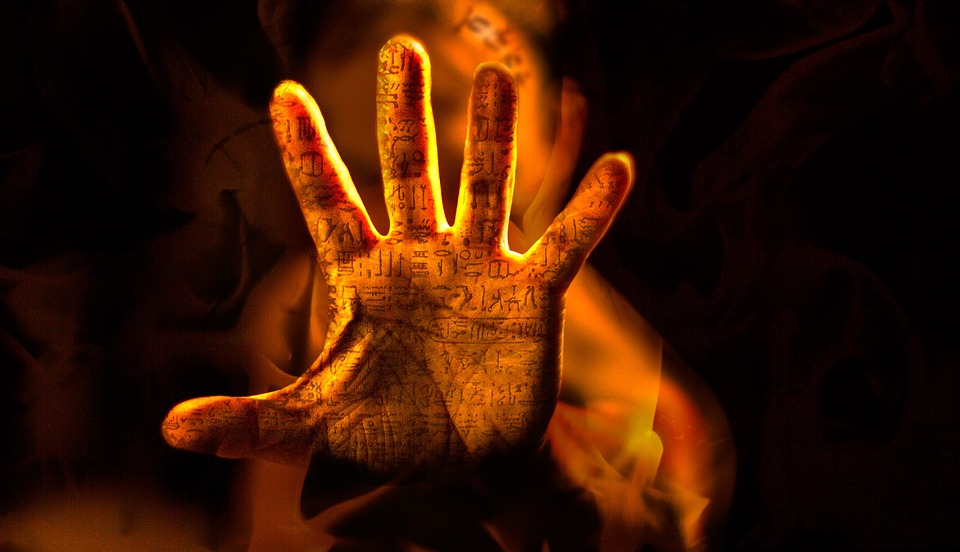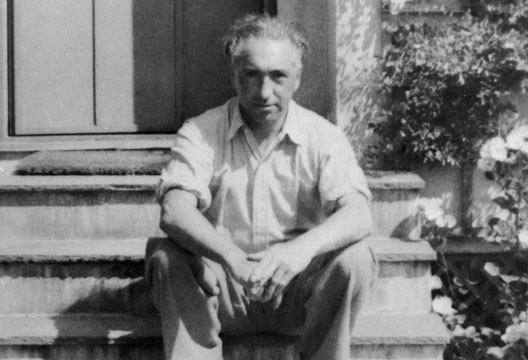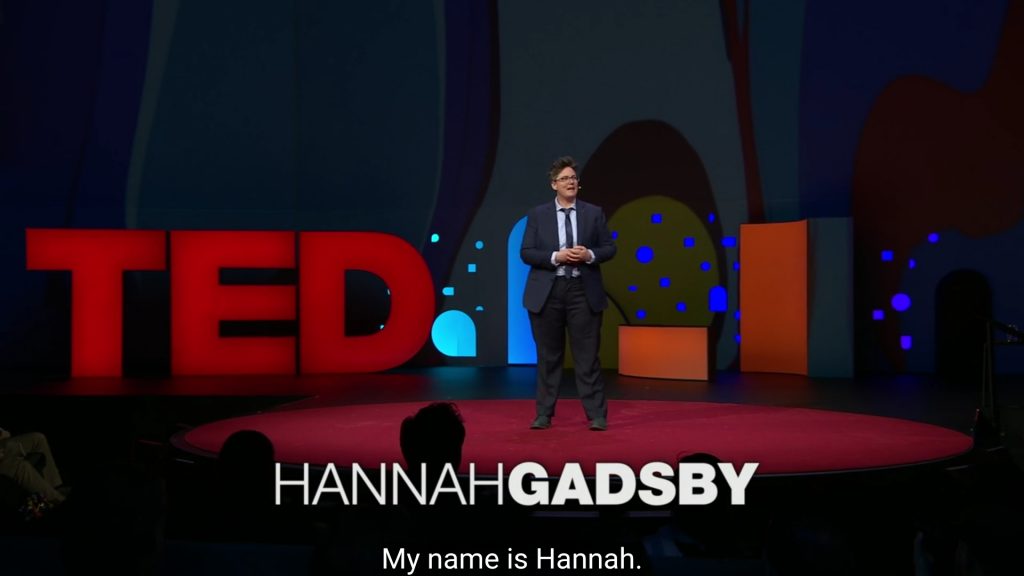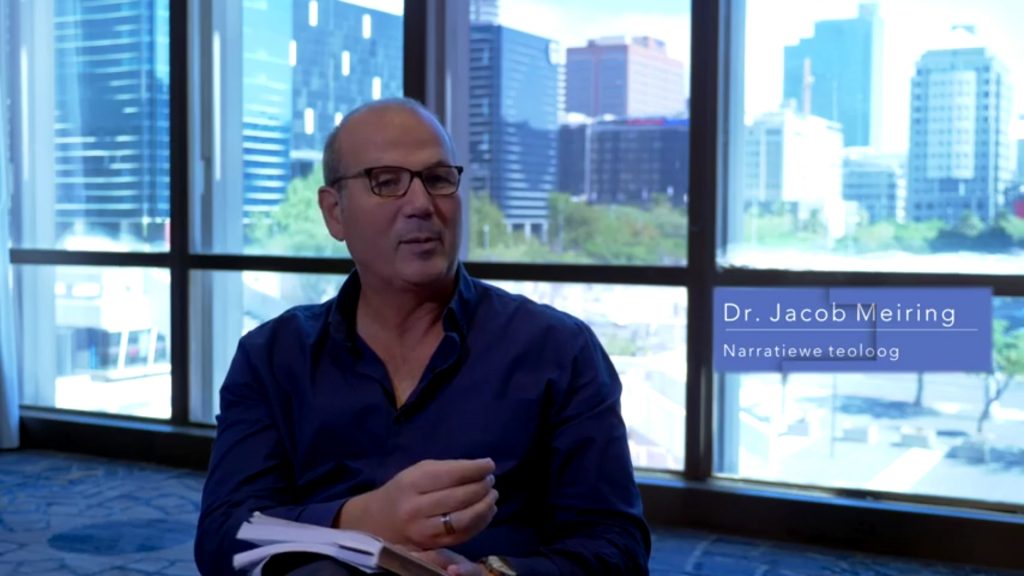I
enjoy the way in which Hannah Gatsby, the stand-up comedian from Australia subverts
comedy as a genre to create her own truth. She then moves away from silly
vulgarity and cheap tricks, and makes herself completely vulnerable – and then in
between she still makes people laugh. She was very close to her grandmother and
relates how “Grandma always used to say, “Ah, well, it’s all part of the
soup. Too late to take the onions out now” when making mistakes. “I had to
deal with too many onions as a kid, growing up gay in a state where
homosexuality was illegal. And with that thought, I could see how tightly
wrapped in the tendrils of my own internalized shame I was. And with that, I
thought about all my traumas: the violence, the abuse, my rape. And with all
that cluster of thinking, a thought, a question, kept popping into my mind to
which I had no answer: What is the purpose of my human?”
I first took note of Hannah in her Netflix show, Nanette (which made her so famous that she couldn’t follow through on her plan to quit stand-up comedy). “Now, many have argued that “Nanette” is not a comedy show. And while I can agree “Nanette” is definitely not a comedy show, those people are still wrong — because they have framed their argument as a way of saying I failed to do comedy. I did not fail to do comedy. I took everything I knew about comedy — all the tricks, the tools, the know-how — I took all that, and with it, I broke comedy. You cannot break comedy with comedy if you fail at comedy. Flaccid be thy hammer.” That was not my point. The point was not simply to break comedy. The point was to break comedy so I could rebuild it and reshape it, reform it into something that could better hold everything I needed to share, and that is what I meant when I said I quit comedy.
This is how she subverted comedy. This is how we can break the dominant, disempowering narratives in our lives. As I watched her TED talk, I was astonished how much of what she said, echoed the dynamics of narrative therapy – and once again underlined the power of storytelling. Just listen to some snippets of her story and her struggle to find a way out of her trauma through a cohesive narrative and through comedy:
“I
first tried my hand at stand-up comedy in my late 20s, and despite being a
pathologically shy virtual mute with low self-esteem who’d never held a
microphone before, I knew as soon as I walked and stood in front of the
audience, I knew, before I’d even landed my first joke, I knew that I really
liked stand-up, and stand-up really liked me. But for the life of me, I
couldn’t work out why. Why is it I could be so good at doing something I was so
bad at?
“But
you need more than just jokes to be able to cut it as a professional comedian.
You need to be able to walk that fine line between being charming and
disarming. And I discovered the most effective way to generate the amount of
charm I needed to offset my disarming personality was through not jokes but
stories. So my stand-up routines are filled with stories: stories about growing
up, my coming out story, stories about the abuse I’ve copped for being not only
a woman but a big woman and a masculine-of-center woman. If you watch my work
online, check the comments out below for examples of abuse (Laughter).”
“Now,
about a year before Grandma died, I was formally diagnosed with autism. Now for
me, that was mostly good news. I always thought that I couldn’t sort my life
out like a normal person because I was depressed and anxious. But it turns out
I was depressed and anxious because I couldn’t sort my life out like a normal
person, because I was not a normal person, and I didn’t know it. Now, this is
not to say I still don’t struggle. Every day is a bit of a struggle, to be
honest. But at least now I know what my struggle is, and getting to the
starting line of normal is not it. My struggle is not to escape the storm. My
struggle is to find the eye of the storm as best I can. “
“Diagnosis
gave me a framework on which to hang bits of me I could never understand. My
misfit suddenly had a fit, and for a while, I got giddy with a newfound
confidence I had in my thinking. But after Grandma died, that confidence took a
dive, because thinking is how I grieve. And in that grief of thought, I could
suddenly see with so much clarity just how profoundly isolated I was and always
had been. What was the purpose of my human?
This
is such an awkward and at the same time such a brilliant question- what is the
purpose of my human? No matter all the onions in our soup, we have to make
meaning of our lives – of our being here.
“I
began to think a lot about how autism and PTSD have so much in common. And I
started to worry, because I had both. Could I ever untangle them? I’d always
been told that the way out of trauma was through a cohesive narrative. I had a
cohesive narrative, but I was still at the mercy of my traumas. They’re all
part of my soup, but the onions still stung. And at that point, I realized that
I’d been telling my stories for laughs. I’d been trimming away the darkness,
cutting away the pain and holding on to my trauma for the comfort of my audience.
I was connecting other people through laughs, yet I remained profoundly
disconnected. What was the purpose of my human? I did not have an answer, but I
had an idea. I had an idea to tell my truth, all of it, not to share laughs but
to share the literal, visceral pain of my trauma. And I thought the best way to
do that would be through a comedy show.”
See
the TED talk of Hannah Gatsby on: https://www.ted.com/talks/hannah_gadsby_three_ideas_three_contradictions_or_not?language=en

